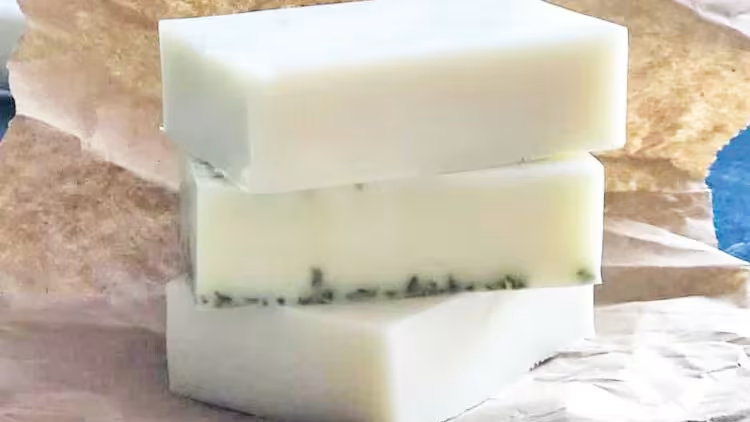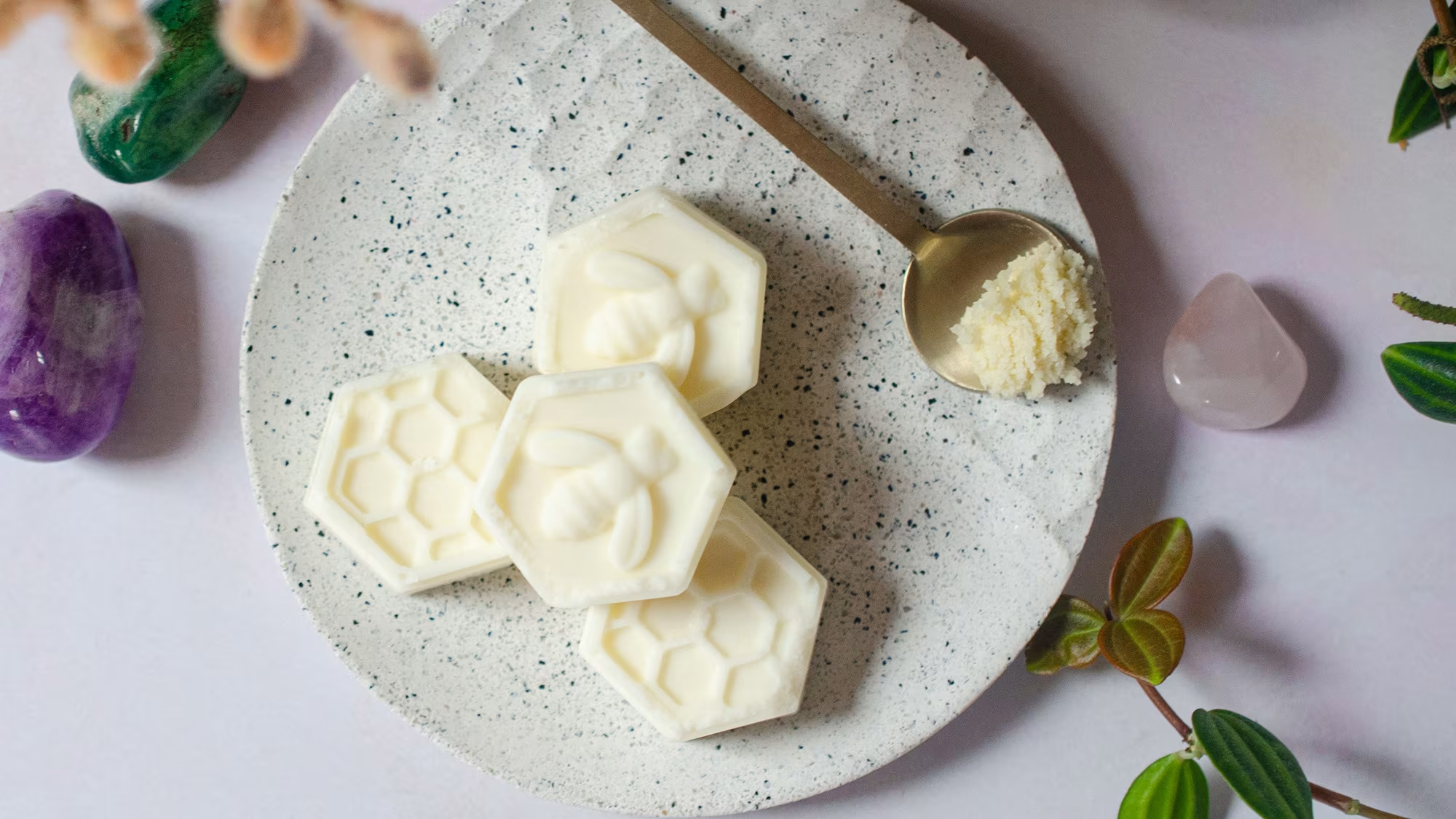
Nourish Your Skin Naturally: A Simple Breast Milk Soap Recipe
Written by Jessica Lopez
Published at 24-12-2024
Edited on 03/17/2025 | 05:33 AM
Baked-Goods RecipesCourse: Personal Care
Cuisine: Homemade
Difficulty: Moderate
Servings
10-12 bars
Prep Time
15 minutes
Cooking Time
24 hours (for curing)
Total Time
24 hours 15 minutes
Fat
20g
Protein
1g
Carbs
0g
Calories
180 kcal (per bar)
Are you looking for a unique and nourishing way to care for your skin? Look no further than this incredible breast milk soap recipe! Breast milk is not only a superfood for babies, but it also has amazing benefits for adults. Rich in vitamins, minerals, and natural fats, breast milk can help hydrate and soothe the skin, making it an excellent ingredient for homemade soap. This recipe is perfect for those seeking natural alternatives to commercial soaps that often contain harsh chemicals.
Plus, it's a fantastic way to use any leftover breast milk you may have. Making your own breast milk soap is not only easy but also deeply rewarding. You’ll create a gentle, moisturizing bar that is perfect for sensitive skin, and it can even help with conditions like eczema.
The process is beginner-friendly, requiring just a few ingredients and minimal equipment. Whether you want to pamper yourself or create a heartfelt gift for a new mom, this breast milk soap recipe will surely impress. So gather your supplies, roll up your sleeves, and let’s dive into the world of natural skincare.
Your skin will thank you for it, and you’ll love the satisfaction of crafting something special with your own hands. Ready to get started? Follow along as we guide you through this delightful recipe step-by-step!.


